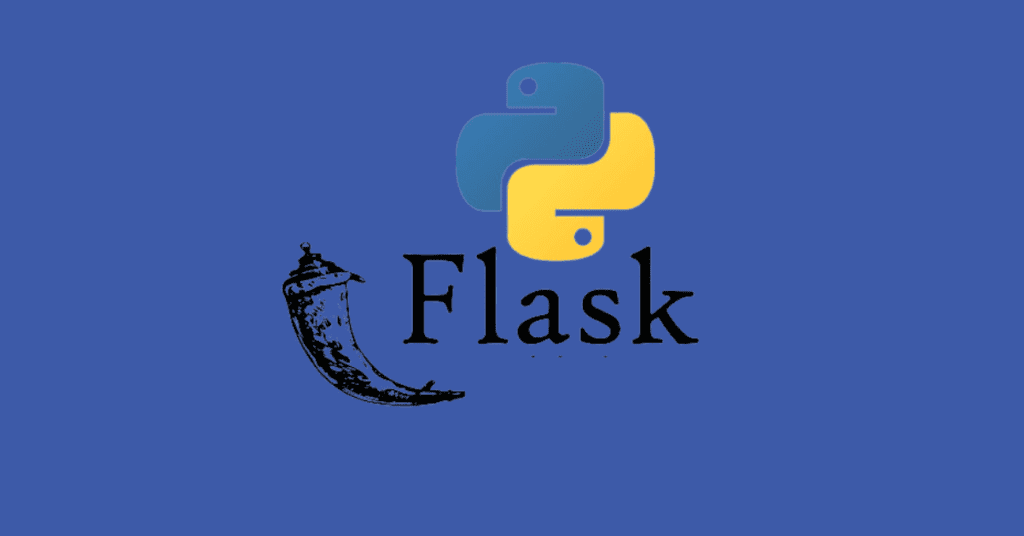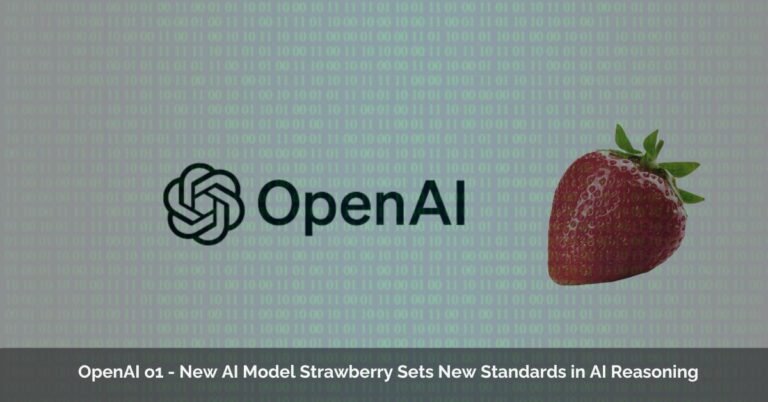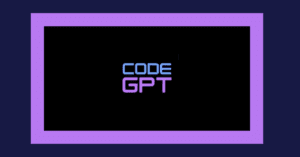Python Flask has carved a niche as a powerful and versatile microframework, empowering developers to construct dynamic web applications with remarkable ease. Its streamlined core and emphasis on flexibility make it an ideal choice for projects ranging from simple prototypes to sophisticated web APIs.
Table of Contents
ToggleCore Strengths of Python Flask
- Simplicity and Minimalism: Flask embraces a microframework philosophy, providing a lightweight foundation that prioritizes ease of use. It doesn’t enforce rigid project structures or impose unnecessary dependencies, allowing developers to tailor their applications with the specific tools they require.
- Rapid Prototyping: Flask’s streamlined nature excels in the realm of rapid prototyping. By swiftly establishing a functional web application, developers can validate concepts and gather user feedback efficiently. This iterative approach streamlines the development life cycle.
- Exceptional Scalability: Despite its microframework roots, Flask demonstrates impressive scalability. As projects mature, developers can seamlessly integrate various third-party extensions and libraries to augment functionality without sacrificing the core framework’s simplicity.
- Flexibility and Customization: Flask fosters a high degree of developer control. It doesn’t prescribe an opinionated way of doing things, empowering developers to structure their applications as they see fit. This flexibility allows for the creation of unique and tailored web experiences.
- Rich Ecosystem of Extensions: The Flask community thrives on collaboration, fostering a vast array of extensions that cater to diverse web development needs. From user authentication and database integration to form validation and templating engines, developers can leverage these extensions to expedite development and address common challenges.
Key Concepts and Components
- Routing: Flask employs decorators like
@app.route()to map URLs to specific Python functions, establishing how the application responds to client requests on various routes. - Templating: Flask integrates seamlessly with templating engines like Jinja2, enabling developers to generate dynamic HTML content. Jinja2 utilizes templates that interweave Python code and HTML to produce personalized web pages.
- Request Handling: When a client interacts with the application, Flask’s request object encapsulates the incoming HTTP request, providing access to headers, cookies, and request data. The application logic processes this data to formulate an appropriate response.
- Sessions: Flask facilitates managing user sessions across multiple requests using session objects that store and retrieve data between interactions.
- Error Handling: Flask offers robust error handling mechanisms to manage unexpected situations gracefully. Developers can define custom error handlers to provide informative error messages or redirect users to error pages.
Getting Started with Flask
Installation: Ensure you have Python (version 3.6 or later recommended) and pip (the package installer) installed. Use pip install Flask to install Flask.
Hello, World! Example: Create a Python file (e.g., app.py) and paste the following code:
from flask import Flask
app = Flask(__name__)
@app.route(“/”)
def hello():
return “Hello, World!”if __name__ == “__main__”:
app.run(debug=True)
Run the Application: Open a terminal, navigate to the directory containing app.py, and execute flask run. This starts the Flask development server, making your application accessible at http://127.0.0.1:5000/ by default.
Beyond the Basics: Common Use Cases
- Building RESTful APIs
- Real-time applications with WebSockets or Server-Sent Events (SSE)
- Data-driven web applications using databases like SQLAlchemy or MongoDB
- User authentication and authorization systems
- Single-page applications (SPAs) with frameworks like Vue.js or React.js
Flask in the Real World
Flask underpins numerous popular web applications, including:
- Netflix
- Spotify
- The Washington Post
Conclusion
Python Flask’s combination of power, flexibility, and ease of use makes it an excellent choice for a wide spectrum of web development projects. Its thriving community and rich ecosystem of extensions further empower developers to bring their web application visions to life. If you’re seeking a streamlined and adaptable framework to create dynamic web applications, Flask is a compelling option.

























